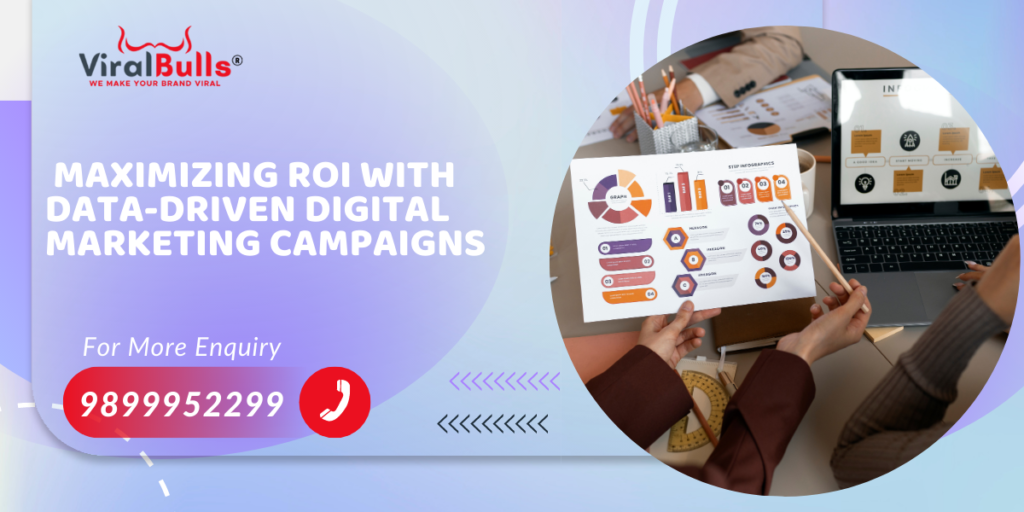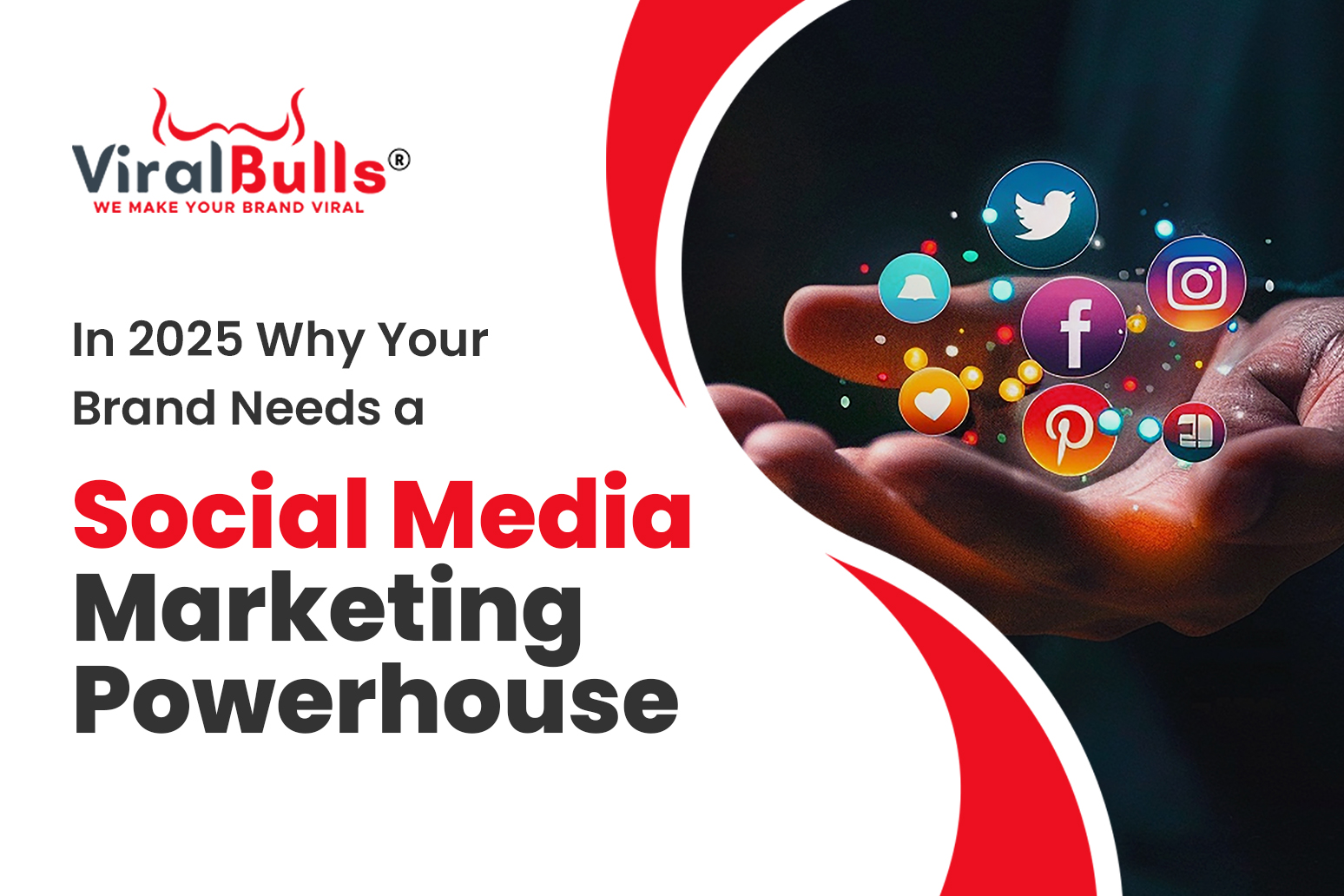Introduction

Welcome to the world of data-driven digital marketing campaigns, where businesses unlock the power of data and analytics to maximize their return on investment (ROI). In today’s highly competitive digital landscape, traditional marketing approaches alone are no longer sufficient to achieve optimal results. To stay ahead of the curve, businesses must harness the potential of data-driven strategies that provide actionable insights, improved targeting, and campaign optimization.
In this comprehensive guide, we will explore the key principles and best practices of data-driven digital marketing campaigns. Whether you are a seasoned marketer or just dipping your toes into the world of digital marketing, this article will equip you with the knowledge and tools to succeed in driving higher ROI through data-driven approaches.
Understanding Data-Driven Digital Marketing Campaigns
What are Data-Driven Digital Marketing Campaigns?
Data-driven digital marketing campaigns refer to marketing initiatives that rely on data analysis and insights to drive decision-making and campaign optimization. Instead of relying solely on intuition or guesswork, these campaigns use data collected from various sources to identify target audiences, personalize messaging, and allocate resources effectively. By leveraging data, businesses can make informed choices and improve the overall performance of their marketing efforts.
The Benefits of Data-Driven Digital Marketing Campaigns
Data-driven digital marketing campaigns offer numerous benefits that contribute to maximizing ROI. Let’s explore some of the key advantages:
1. Enhanced Targeting: By leveraging data analytics, businesses can gain a deeper understanding of their target audience. This allows for more precise targeting and the delivery of personalized messages that resonate with potential customers. Improved targeting leads to higher conversion rates and better overall campaign performance.
2. Improved Customer Insights: Data-driven campaigns provide valuable insights into customer behavior, preferences, and needs. By analyzing customer data, businesses can identify trends, patterns, and opportunities to enhance their marketing strategies. Understanding customer preferences enables businesses to create tailored experiences and build stronger, long-lasting relationships.
3. Optimized Resource Allocation: Data-driven marketing empowers businesses to allocate resources more efficiently. By analyzing campaign performance data, businesses can identify which channels, tactics, or campaigns yield the highest ROI. This allows for strategic resource allocation, ensuring that budget and efforts are directed towards the most effective channels and activities.
4. Continuous Improvement: With data-driven campaigns, businesses can measure, track, and evaluate their marketing efforts in real-time. This enables quick identification of underperforming areas and the ability to make immediate adjustments. By continuously optimizing campaigns based on data insights, businesses can refine their strategies and achieve better results over time.
Key Components of Data-Driven Digital Marketing Campaigns
To create successful data-driven digital marketing campaigns, several key components must be considered:
1. Data Collection and Analysis: The foundation of data-driven marketing is the collection and analysis of relevant data. This includes customer demographics, behavior, online interactions, purchase history, and other valuable data points. Implementing robust data collection methods and utilizing analytics tools are crucial for deriving actionable insights.
2. Segmentation and Personalization: Effective data-driven campaigns require the segmentation of target audiences based on specific criteria. By dividing the audience into smaller, more manageable segments, businesses can deliver personalized messages tailored to the unique needs and preferences of each group. Personalization increases engagement and conversion rates.
3. Measurement and Attribution: Measuring the impact of marketing efforts is essential for evaluating ROI. Attribution models help identify which touchpoints or campaigns contribute most significantly to conversions. By understanding the customer journey and the role of each marketing activity, businesses can optimize their campaigns and allocate resources more effectively.
4. Experimentation and Testing: Data-driven marketing encourages a culture of experimentation and testing. By conducting A/B tests, businesses can compare different marketing approaches and identify the most effective strategies. Through continuous testing and optimization, campaigns can be refined to achieve better results and higher ROI.
Best Practices for Data-Driven Digital Marketing Campaigns
To maximize the effectiveness of data-driven digital marketing campaigns, it is essential to follow best practices. Here are some key recommendations:
1. Establish Clear Objectives and KPIs
Before launching a data-driven campaign, clearly define your objectives and key performance indicators (KPIs). Establishing measurable goals allows you to track progress and determine campaign success. Examples of KPIs include conversion rates, customer acquisition cost, and customer lifetime value.
2. Utilize Robust Analytics Tools
Invest in advanced analytics tools to collect, process, and analyze data effectively. These tools provide valuable insights into customer behavior, campaign performance, and overall marketing ROI. Choose tools that align with your specific business needs and ensure proper implementation and integration.
3. Leverage Customer Relationship Management (CRM) Systems
Integrate your data-driven marketing campaigns with a robust CRM system. This allows for seamless data flow between marketing activities and customer interactions, providing a comprehensive view of the customer journey. CRM systems enable personalized messaging, automated workflows, and efficient campaign management.
4. Implement Dynamic Content Personalization
Tailor your marketing messages and content based on customer preferences and behavior. Dynamic content personalization involves delivering customized experiences through personalized emails, website content, or targeted ads. By providing relevant and timely information, you can significantly enhance engagement and conversion rates.
5. Continuously Monitor and Optimize
Regularly monitor campaign performance and analyze data to identify areas for improvement. Leverage A/B testing to compare different elements of your campaigns, such as headlines, images, or call-to-action buttons. By optimizing based on data insights, you can refine your campaigns and achieve better results over time.
6. Stay Up-to-Date with Industry Trends
Digital marketing is a rapidly evolving field. Stay informed about the latest industry trends, technologies, and best practices. Attend industry conferences, participate in webinars, and engage with online communities to stay ahead of the curve. Being up-to-date ensures you can leverage new opportunities and maintain a competitive edge.
Conclusion
In conclusion, data-driven digital marketing campaigns provide businesses with a powerful means to maximize their ROI. By leveraging data and analytics, businesses can enhance targeting, gain valuable customer insights, optimize resource allocation, and continuously improve their campaigns. To succeed in this dynamic landscape, it is crucial to implement best practices such as clear objective setting, robust analytics tools, personalization, and continuous monitoring and optimization. By adopting a data-driven approach, businesses can elevate their digital marketing strategies and outperform competitors, ultimately driving better results and achieving higher ROI.






